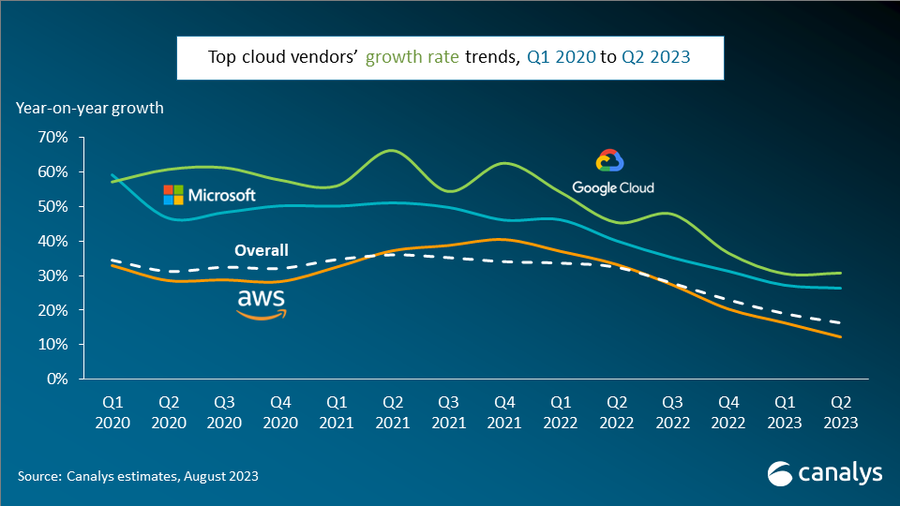Achieve Seamless Scalability With Cloud Provider
In the ever-evolving landscape of cloud services, accomplishing seamless scalability stands as a cornerstone for modern-day organizations looking for to stay affordable and versatile. The mission for seamless scalability with cloud solutions unveils a globe of opportunities for those prepared to accept the transformative power of vibrant source management.
Benefits of Cloud Scalability
Cloud scalability supplies organizations the adaptability to dynamically adjust resources based on need, guaranteeing optimum efficiency and price effectiveness. One crucial advantage is the capacity to range resources up or down rapidly in action to fluctuating workloads. This dexterity makes it possible for businesses to meet altering consumer demands without over-provisioning sources, inevitably causing set you back savings. Scalability also enhances efficiency by guaranteeing that systems can manage raised website traffic or workload without experiencing downtime or downturns. By effectively alloting sources, organizations can maintain high levels of performance during peak times without unneeded expenditures during quieter periods. Furthermore, cloud scalability advertises technology and experimentation by permitting businesses to easily test new concepts and range them as needed. This versatility encourages a society of continual renovation and adaptation, allowing organizations to stay competitive in a rapidly evolving market landscape. Eventually, the advantages of cloud scalability prolong beyond price financial savings to incorporate enhanced performance, dexterity, and technology.
Key Features for Scaling
Effective scaling in cloud solutions depends on crucial functions that make it possible for companies to adjust resources dynamically based upon need. One vital feature for scaling is flexibility, permitting resources to scale up or down in action to changing work. This guarantees that organizations can satisfy efficiency demands without over-provisioning sources. An additional key attribute is scalability, allowing systems to handle increased work by including resources effortlessly. This feature is critical for fitting development without endangering efficiency. In addition, automation plays an important function in scaling by automating the provisioning and de-provisioning of sources based on predefined plans. Automation lowers human treatment, enhances efficiency, and makes certain rapid reaction to altering demands. Tracking and analytics devices are additionally essential for scaling, giving insights into resource utilization, performance metrics, and prospective traffic jams. These devices allow companies to make educated choices and enhance resource allotment for efficient scaling. On the whole, these vital attributes collectively equip organizations to accomplish seamless scalability in cloud solutions.
Applying Auto-Scaling Strategies
To properly enhance resource allocation and adjust to varying workloads, companies have to purposefully carry out auto-scaling methods in their cloud solutions facilities. Auto-scaling allows systems to instantly change the number of compute sources based on real-time need. There are numerous auto-scaling approaches that organizations can employ, such as anticipating scaling, which utilizes historical information to forecast future source requirements, and reactive scaling, which replies to current work modifications.

Best Practices for Scalability
For organizations intending to boost their scalability in cloud services, carrying out site ideal methods is crucial for optimum efficiency and resource administration. One secret finest method is designing applications with a microservices style. This strategy breaks down applications into smaller, independent solutions that can be deployed, upgraded, and scaled independently, permitting for better adaptability and scalability.
One more crucial method is using containerization innovation, such as Docker or Kubernetes. Containers allow the packaging of applications and their reliances right into separated units, making it less complicated to scale elements separately and release them consistently throughout different environments.
Additionally, applying automated release and infrastructure as code (IaC) can streamline scalability initiatives (linkdaddy cloud services). Automation tools like Terraform or Ansible aid in provisioning and taking care of sources successfully, decreasing manual errors and allowing fast scalability
In addition, checking efficiency metrics, establishing notifies, and performing normal ability preparation are important techniques to ensure aggressive scalability administration. By sticking to these finest practices, companies can accomplish smooth scalability in their cloud services while maximizing efficiency and resource utilization.
Monitoring Performance Metrics
When next evaluating the effectiveness of cloud solutions scalability, closely keeping track of efficiency metrics is crucial for making sure ideal functionality and resource appropriation. By constantly tracking essential performance indicators (KPIs) such as action times, throughput, resource, and latency utilization, organizations can get valuable understandings right into the health and efficiency of their cloud infrastructure. Checking efficiency metrics permits the very early detection of prospective traffic jams or issues that might influence scalability, making it possible for positive Cloud Services steps to be taken to address them before they intensify.

Final Thought
To conclude, achieving seamless scalability with cloud solutions is vital for companies to enhance efficiency, enhance development, and keep high efficiency levels during peak times. By leveraging the benefits of cloud scalability, carrying out auto-scaling methods, making use of key functions such as elasticity and automation, and complying with ideal methods like application design and performance surveillance, businesses can successfully scale their systems while making best use of source usage and efficiency.
The pursuit for seamless scalability with cloud solutions reveals a world of possibilities for those willing to welcome the transformative power of dynamic resource monitoring.
Cloud scalability offers companies the flexibility to dynamically change resources based on need, making certain ideal performance and expense efficiency. One more vital attribute is scalability, allowing systems to take care of raised work by including sources flawlessly.For companies intending to boost their scalability in cloud solutions, applying best methods is essential for optimal performance and resource monitoring.When evaluating the efficiency of cloud solutions scalability, very closely checking performance metrics is necessary for ensuring optimum performance and source allocation.